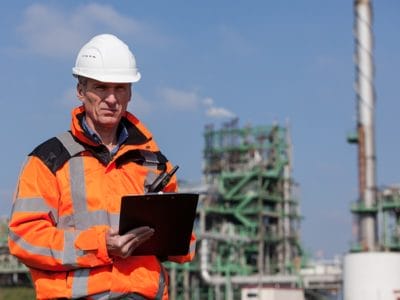
Detecting Volatile Organic Compounds (VOCs)
VOCs are chemical compounds, they are described as volatile because they evaporate easily, releasing molecules into the atmosphere, your exposure to VOCs can be monitored using gas detection equipment.
ION Science manufactures gas detection equipment for monitoring exposure to toxic levels of volatile organic compounds (VOCs).
Is Air Quality Poor in The Built Environment?
As a result of modern day activities and lifestyle habits we are being exposed to higher levels of volatile organic compounds (VOCs), in our work place, in the home and equally in the outdoor environment.
Multiple inspiring innovations are being integrated globally across the built environment to address the ongoing issue of air quality. Each year in the UK, around 40,000 deaths are attributable to exposure to outdoor air pollution.
– Royal College of Physicians
”Living among busy roads and industrialised areas is creating vulnerability in the public’s health and stretching the healthcare system. In Greater Manchester outdoor air pollution is costing the regional economy close to £1bn a year, plus reducing life expectancy by six months due to the high levels of pollution in the congested city area.
The Guardian
Work, Home, Indoors & Outdoors
As a result of modern day activities and lifestyle habits we are being exposed to higher levels of volatile organic compounds (VOCs), in our work place, in the home and equally in the outdoor environment. Although moving indoors shields against the pollutants from vehicle exhausts, it doesn’t decrease exposure to VOCs. This is due to buildings being built with VOC-emitting products, cleaned with VOC-based solvents, and home to humans who are liberally using VOC-releasing beauty products.
Research specifies that people spend approximately 90% of their time indoors. Consequently, for many individuals the risks to health may be greater due to air pollution exposure from indoors rather than outside.
– Environmental Protection Agency
Sick Building Syndrome (SBS)
Poor air quality and ventilation are key contributing factors to Sick building syndrome (SBS), an illness diagnosed by a collection of acute symptoms whilst in a particular environment. Possible SBS indicators according to the NHS include, headaches, blocked or runny nose, dry itchy skin, dry and sore eyes, rashes, tiredness and difficulty concentrating, all resulting in lower productivity.
– The NHS
Download our FREE Guide
“Is Air Quality Poor In The Built Environment”
Is air quality poor in the built environment guide which can be downloaded below provides the reader with an in-depth balance of knowledge covering the build up of dangerous VOC gases that find themselves trapped indoors as-well as in the outdoor atmosphere. VOCs that are not identified within unventilated indoor spaces can lead to SBS, also known as Sick Building Syndrome. We talk about how HVAC systems are helping towards this and providing a healthy indoor living space.




















